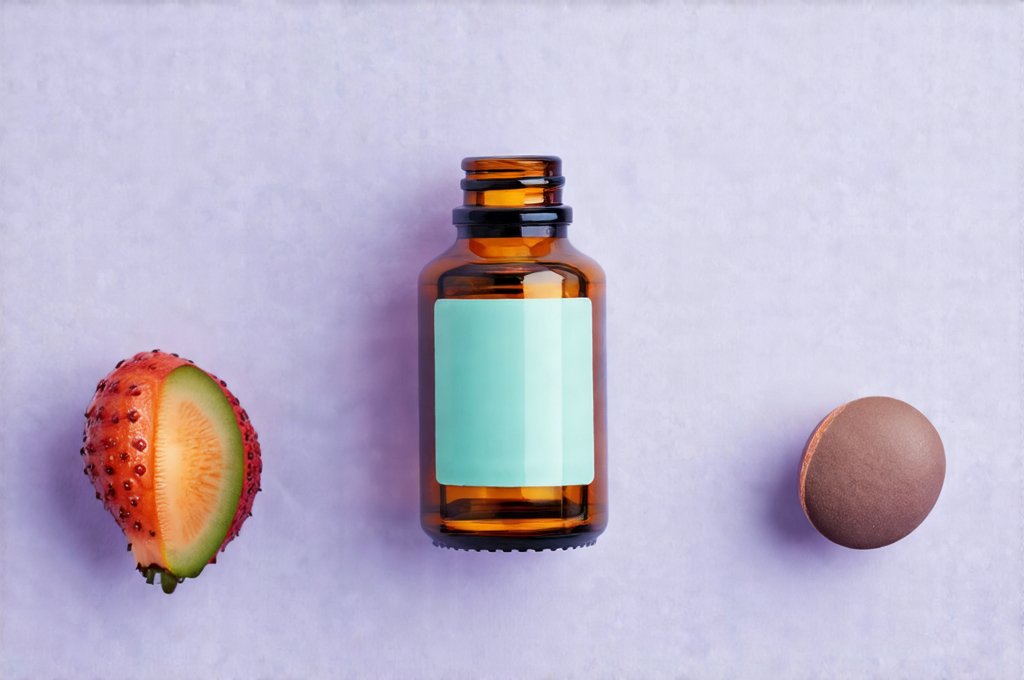Bladder health is often overlooked until issues arise, yet it significantly impacts our daily quality of life. Many individuals experience frustrating symptoms like urgency, frequency, leakage, and discomfort – problems that can limit activities and erode confidence. Often, simple lifestyle adjustments can make a profound difference in managing bladder function and preventing future complications. This isn’t about restrictive diets or complex routines; it’s about adopting gentle, supportive habits that work with your body, not against it.
Taking proactive steps towards bladder-friendly self-care is empowering. It allows you to regain control, minimize discomfort, and improve overall well-being. These habits aren’t merely about treating symptoms; they are about fostering a healthier relationship with your body’s natural processes, understanding its signals, and responding in ways that promote resilience and function. This article will explore practical strategies for incorporating bladder-friendly self-care into your everyday life, focusing on manageable changes you can implement today.
Understanding Your Bladder & Common Concerns
The urinary system is a complex network, with the bladder serving as the storage reservoir for urine produced by the kidneys. A healthy bladder should comfortably hold around 16 to 24 ounces of fluid, allowing individuals to urinate every 2-4 hours. However, various factors can disrupt this normal function, leading to common concerns like overactive bladder (OAB), urinary frequency, urgency, and stress incontinence. OAB is characterized by a sudden, compelling urge to urinate that’s difficult to control, even when the bladder isn’t full. Urinary frequency refers to needing to urinate more often than usual – generally defined as eight or more times in 24 hours. Stress incontinence involves involuntary urine leakage during physical activity, such as coughing, sneezing, laughing, or exercise.
These issues aren’t necessarily a sign of a serious underlying condition, but they can significantly impact daily life. Lifestyle factors play a substantial role in bladder health – everything from fluid intake and diet to exercise habits and stress levels. Identifying and addressing these factors can often alleviate symptoms and prevent further problems. It’s also important to note that seeking professional medical advice is crucial if you experience persistent or severe urinary issues, as they could indicate an underlying medical condition requiring treatment.
Many people mistakenly believe restricting fluids will improve bladder control. However, dehydration can actually concentrate urine, irritating the bladder lining and worsening symptoms. The key isn’t to limit fluids entirely, but to manage intake strategically throughout the day.
Hydration & Dietary Choices for Bladder Health
Proper hydration is fundamental to overall health – including bladder health. Aiming for 6-8 glasses of water daily (adjust based on activity level and climate) helps maintain adequate urine flow without overstressing the bladder. However, when you drink matters just as much as how much. Spread your fluid intake evenly throughout the day, avoiding large amounts close to bedtime to minimize nighttime trips to the bathroom. Consider reducing fluid intake 2-3 hours before sleep.
Certain beverages can irritate the bladder and exacerbate symptoms. These include:
– Caffeine (coffee, tea, soda)
– Alcohol
– Carbonated drinks
– Citrus juices (orange, grapefruit)
– Artificial sweeteners
Dietary choices also play a crucial role. Foods high in acidity or spice can sometimes trigger bladder sensitivity. Common culprits include tomatoes, citrus fruits, chocolate, and spicy dishes. Keeping a food diary to identify potential triggers can be incredibly helpful. Conversely, incorporating foods with anti-inflammatory properties—such as berries, leafy greens, and fatty fish—can support overall urinary tract health. Fiber intake is also important; constipation can put pressure on the bladder, so ensure you’re getting enough fiber in your diet. To learn more about dietary choices that benefit a sensitive system, explore bladder-friendly diets.
Pelvic Floor Exercises & Strengthening
A strong pelvic floor is vital for bladder control. These muscles provide support to the bladder, urethra, and other pelvic organs. Weakened pelvic floor muscles are a common cause of stress incontinence, but strengthening them can significantly improve symptoms. Kegel exercises are a widely recommended method for pelvic floor training.
Here’s how to perform Kegels:
1. Identify your pelvic floor muscles. Imagine you’re trying to stop the flow of urine midstream (though avoid doing this regularly as it can disrupt normal bladder emptying). These are the muscles you engage.
2. Contract the pelvic floor muscles for 3-5 seconds, then relax for 3-5 seconds.
3. Repeat this exercise 10-15 times, several times a day.
Consistency is key. It may take weeks or months to notice significant improvement, but regular practice will yield results. There are also resources available (physical therapists specializing in pelvic floor health) that can offer personalized guidance and ensure you’re performing the exercises correctly. Don’t overdo it – starting slowly and gradually increasing intensity is crucial to avoid muscle fatigue. If you find yourself struggling after a flare-up, consider post-flare self-care habits for improved recovery.
Managing Stress & Emotional Wellbeing
Stress and anxiety can significantly impact bladder function. When stressed, our bodies release hormones like cortisol, which can increase urinary frequency and urgency. Chronic stress can lead to a vicious cycle of anxiety about potential leakage, further exacerbating symptoms. Incorporating stress-management techniques into your daily routine is therefore an essential component of bladder-friendly self-care.
Effective stress management strategies include:
– Mindfulness meditation
– Deep breathing exercises
– Yoga or tai chi
– Regular physical activity
– Spending time in nature
– Social connection with loved ones
Taking even a few minutes each day to practice relaxation techniques can make a noticeable difference. If you’re struggling with chronic anxiety or stress, consider seeking professional support from a therapist or counselor. Addressing the emotional component of bladder issues is often overlooked but plays a vital role in improving overall well-being and regaining control.
Bladder Training & Habit Modification
Bladder training involves gradually increasing the time between urination intervals to expand bladder capacity and reduce urgency. This technique requires patience and consistency, but can be highly effective for managing OAB symptoms. Start by tracking your current voiding schedule for a few days to establish a baseline. Then, slowly increase the interval between trips to the bathroom by 15-30 minutes each week.
During this process, utilize distraction techniques when you feel the urge to urinate – such as deep breathing, counting backwards, or focusing on a different activity. Resist the immediate urge to go; instead, attempt to delay urination for a few minutes. Gradually increasing the delay over time will help retrain your bladder and reduce feelings of urgency. This method isn’t about suffering through intense discomfort—it’s about gently challenging your bladder to accommodate more volume without triggering overwhelming urges. To understand how to track these habits, review how to track urinary habits.
It is important to remember that seeking professional medical advice from a healthcare provider specializing in urology or pelvic health is crucial when implementing any self-care strategies, especially if you have underlying medical conditions or experience severe symptoms. They can provide personalized recommendations based on your individual needs and ensure the safety and effectiveness of these practices. To establish healthy habits early, consider best morning habits for optimal urinary health in women.





















